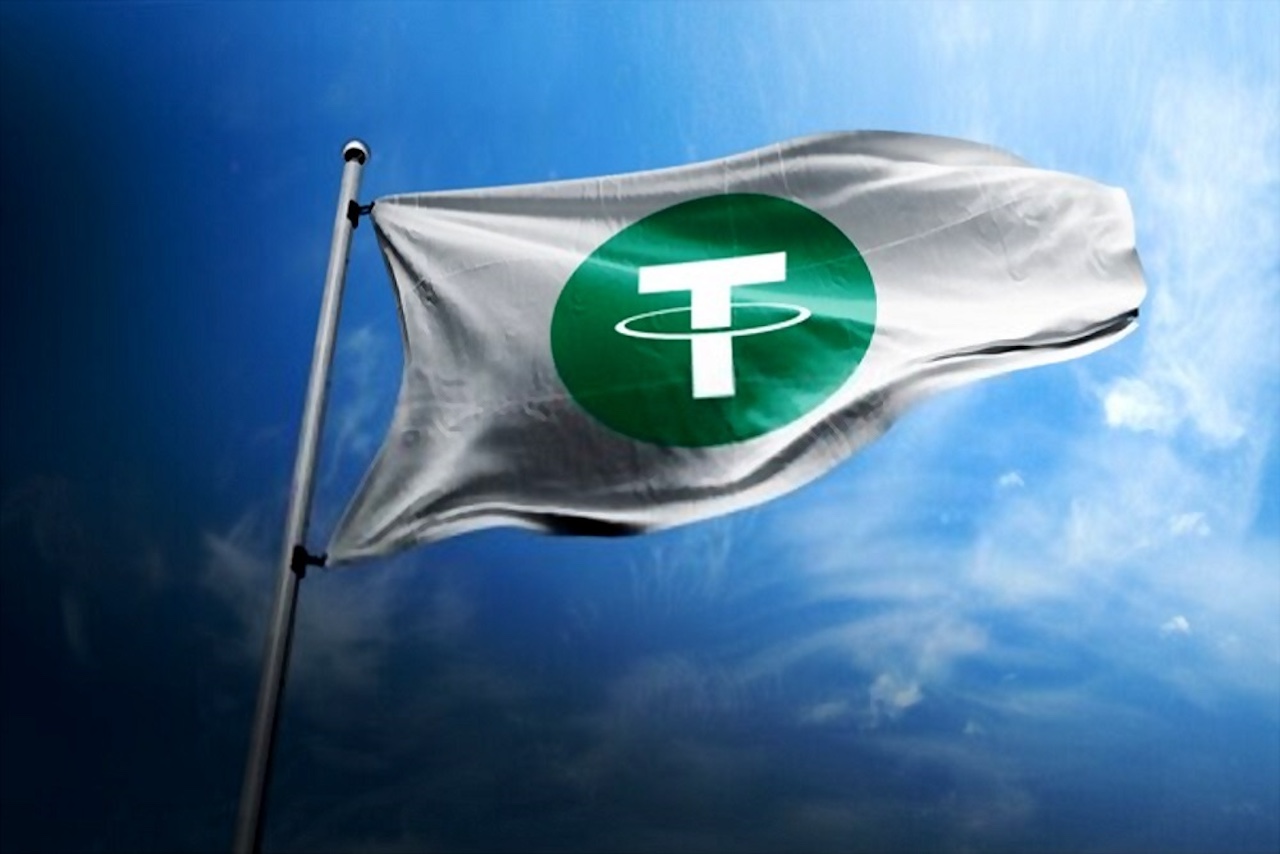Tether, the company that issues the largest stablecoin, USDT, plans to return to the U.S. market after operating offshore for years. The decision follows the passage of the GENIUS Act, signed into law by President Donald Trump on July 18, 2025. This new law provides clear rules for stablecoins.
Tether Plans Strategic US Comeback
In a Bloomberg interview, Tether’s CEO, Paolo Ardoino, announced plans to re-enter the U.S. market, focusing on institutional payments and trading. The company aims to launch a U.S.-specific stablecoin by early 2026 while keeping USDT available for global remittance markets.
This is a big change for the USDT-issuing giant, which has not had much presence in the U.S. for nearly a decade. Tether, however, did not face a formal ban but had to pull back from the U.S. market due to increasing regulatory scrutiny. In 2017, U.S. authorities began investigating the firm’s claims that USDT was fully backed by U.S. dollars.
Investigations by the CFTC and NYAG raised concerns about the firm’s financial transparency and ties to Bitfinex. In 2021, Tether settled with the CFTC for $41 million and the NYAG for $18.5 million over allegations of misleading information about its reserves.
These issues, along with U.S. regulations, led the company to focus more on international markets, especially in Asia, Latin America, and Africa, where USDT is commonly used.
GENIUS Act Offers Regulatory Clarity
The GENIUS Act changes the landscape by requiring stablecoin issuers with over $50 billion in market cap, like Tether’s $162 billion USDT, to be fully backed by U.S. dollars or liquid assets and to conduct annual audits.
Ardoino confirmed that the company will use $13.7 billion from its 2024 profits to strengthen its reserves and aim for a full audit with a major accounting firm. This is important for rebuilding trust with U.S. regulators and competing with Circle’s USDC, which has a market presence of $65 billion in the U.S.
Tether is re-entering the market as crypto companies adapt to U.S. regulations. With the increasing acceptance of stablecoins, as seen with PayPal’s PYUSD launch in 2023 and Ripple’s upcoming stablecoin for cross-border payments in 2024, the company has a three-year plan to enhance its U.S. presence with a new stablecoin while addressing past issues.
Find Cryptocurrencies to Watch and Read Crypto News on the Go Follow CryptosToWatch on X (Twitter) Now

